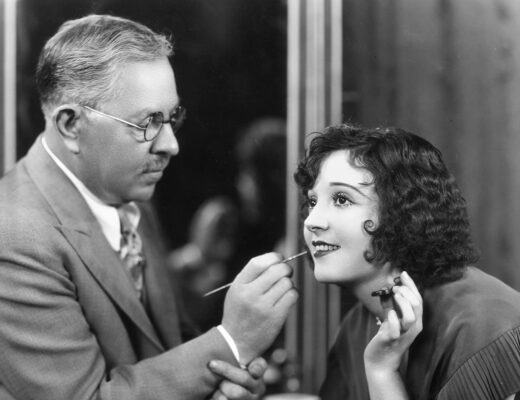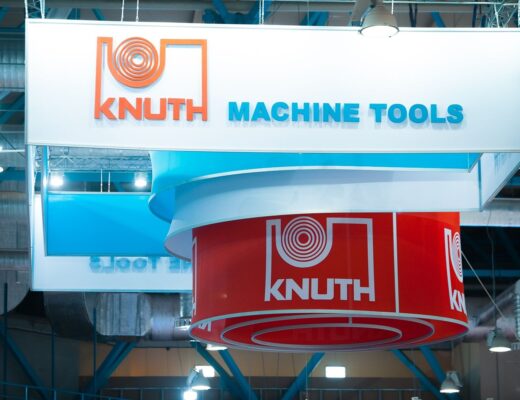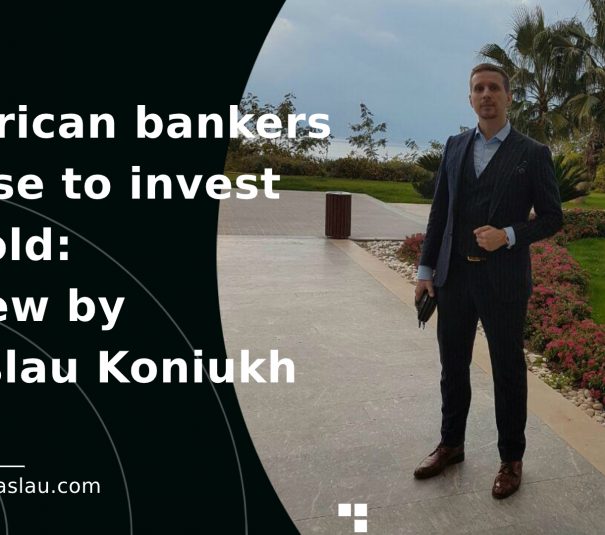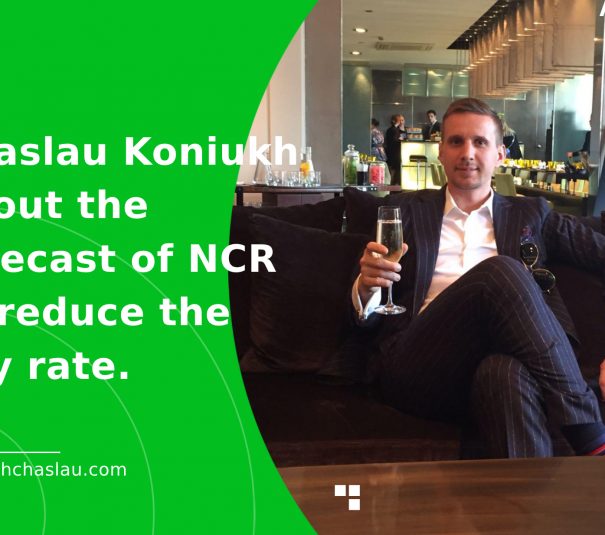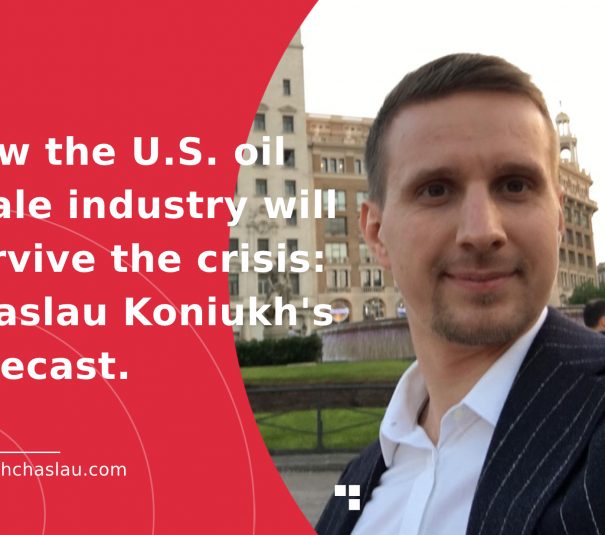How Dropbox managed to succeed in the market
Dropbox file storage is a convenient way to store photos, videos, and documents. You don’t have to carry around flash drives and don’t have to worry about your devices running out of space.
The idea for Dropbox came about by accident. In 2007, Drew Houston was taking a bus from Boston to New York City. It was a long journey, and he needed something to keep himself occupied. However, Drew realised he had forgotten a flash drive full of movies and music. There was nothing in his laptop to brighten up the journey. So, the young programmer decided to create a solution that would allow him to access his files over the Internet. And Houston started writing the application right there on the road.
Six months later, Drew was presenting the product at Paul Graham’s business incubator. However, to get the project accepted, he needed to find a co-founder for the company. That person was Arash Ferdowsi, who had seen the product presentation. After talking to Drew, he dropped out of MIT and joined the development team.
The partners had the support of the incubator and the discovery of Pejman Nozad at the product presentation. Nozad was an investor who made money by investing in PayPal. Nozad organised a meeting between the programmers and a representative of the Sequoia Foundation. As a result, Dropbox received US$1.2 million in funding.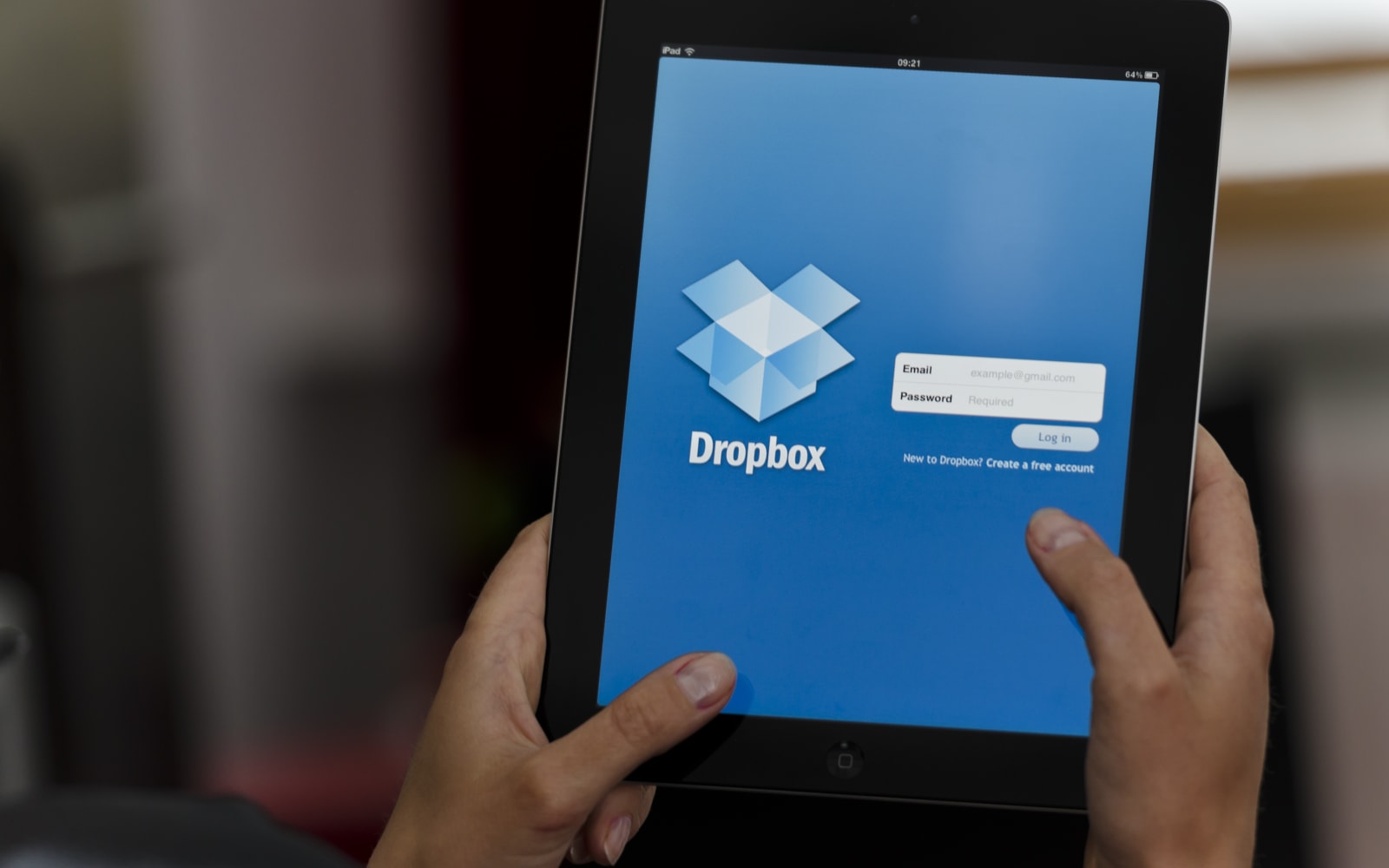
Business approach
2008 saw the official launch of the file-sharing service. The product immediately caught the attention of users, thanks in large part to a well-thought-out marketing strategy:
– a promotional video that went viral accompanied the beta test;
– a demo video allowed the company to attract around 100,000 users at the start;
– the number of users grew to 200,000 in the first year;
– the implementation of a referral program offered free space to old and new users;
– in 2.5 years, the number of file-sharing users grew tenfold.
The company continued to grow rapidly, and in 2009, Steve Jobs showed interest in it. However, Drew Houston turned down the offer, saying he wanted to build a successful business.
One factor behind Dropbox’s popularity was the regular improvements made to the file-sharing service. Houston and Ferdowsi conducted surveys and focus groups to learn about the difficulties of using the service, and through this, they continually improved the service.
In 2018, Dropbox went public with a valuation of US$9.2 billion. The founders owned about 25%, and the Sequoia fund owned 23%. During the IPO on the NASDAQ stock exchange, Dropbox raised US$756 million. This allowed Dropbox to enter new markets and expand by acquiring other companies.

